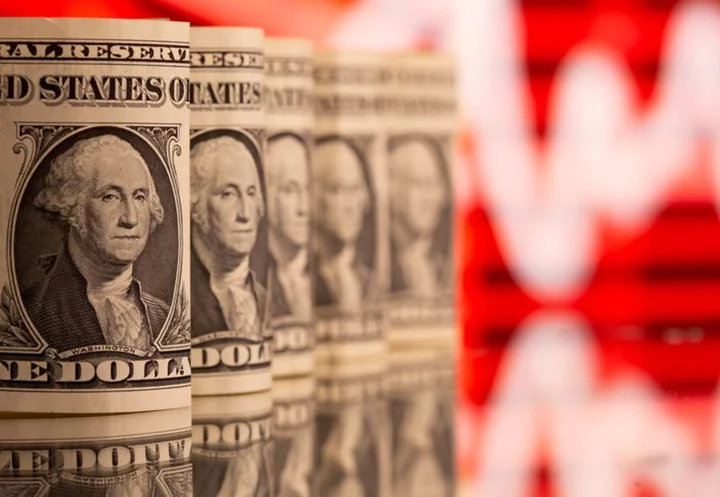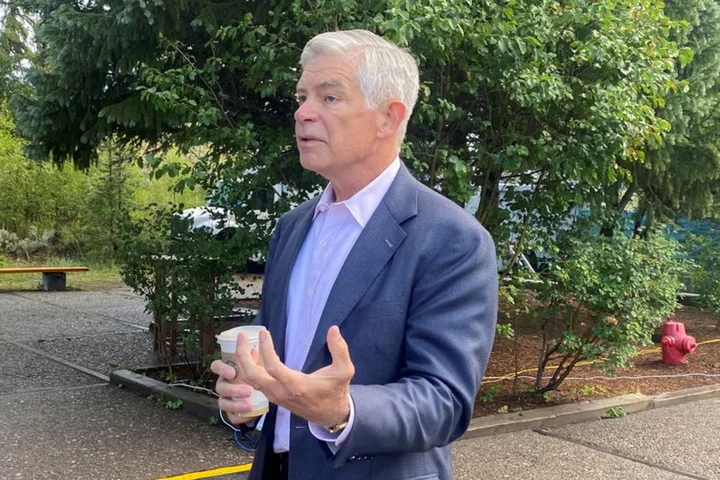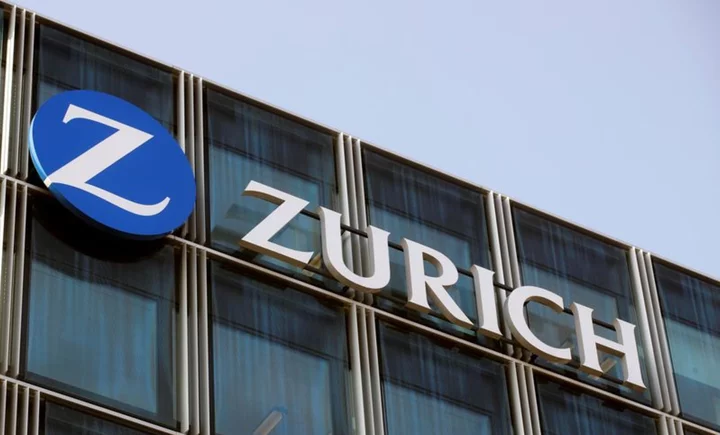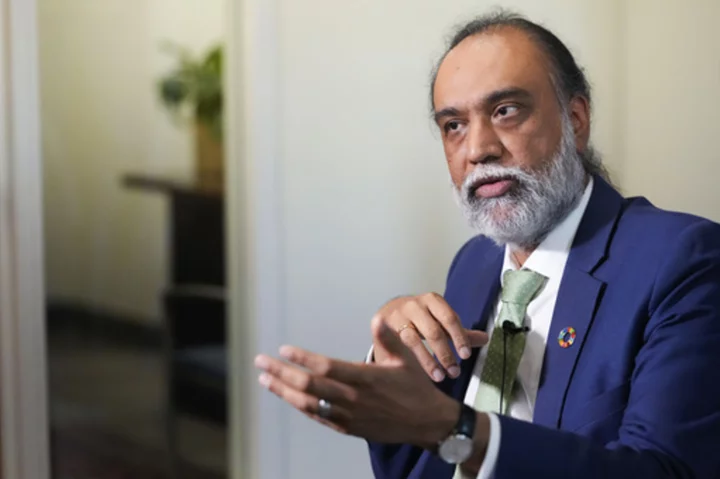By Davide Barbuscia
NEW YORK U.S. government bond investors have racked up positive returns so far this year, with the higher income from bonds offering a buffer against market weakness if the Federal Reserve increases interest rates again.
It is a turnaround from the losses of 2022, which marked the end of a 40-year bull market in bonds, as the U.S. central bank rapidly hiked rates to curb the hottest inflation in more than four decades.
Rate hikes erode the value of existing bonds because new paper offers higher yields, but now, even if more hikes are coming, the bulk of monetary tightening is most likely over.
This leaves investors to focus on how to play a widely anticipated economic slowdown - generally a good scenario for bonds because when central banks ease rates to stimulate demand existing fixed-rate securities are worth more.
"The current level of yields on offer have not been seen since before the Global Financial Crisis," said Arif Husain, chief investment officer and head of international fixed income at T. Rowe Price.
"As we see economic activity slow, high-quality duration has grown in appeal as investors see policymakers already having one eye on when to ease monetary conditions," said Husain, referring to bonds' sensitivity to interest rate changes.
Returns on U.S. bonds, including interest payments and price changes, totaled 2.4% so far this year, compared with negative 13% last year, according to the Morningstar US Core Bond TR USD index, which tracks fixed-rate, investment-grade U.S. dollar-denominated securities with maturities greater than one year.
The U.S. Treasury component of the FTSE US Broad Investment-Grade Bond Index has risen about 1.8% so far this year, after falling about 12.6% last year, the biggest annual decline since inception in 1980.
Some of the biggest bond funds have reflected this year's improvement.
Year-to-date, the Vanguard Total Bond Market Index Fund, with nearly $300 billion in assets, posted a 2.56% return, Morningstar data as of June 20 showed. PIMCO's flagship $122 billion bond fund, the Income Fund, posted a total return of 3.89%. BlackRock's iShares Core U.S. Aggregate Bond ETF, with nearly $92 billion in assets, posted a 2.58% return.
Rising rates tend to impact shorter-dated bonds more than longer ones. And higher borrowing costs increase the odds of a recession, when investors typically seek protection in longer-dated securities.
So far this year, Treasury yields - which move inversely to prices - have increased in the short part of the curve as the Fed raised rates another 75 basis points on top of 425 basis points last year. Two-year Treasury yields stood at 4.76% as of Tuesday, up from 4.4% at the beginning of the year.
However, longer-dated bond yields, which are driven by macroeconomic expectations more than short-term monetary policies, have either held steady or declined, as the market anticipated an economic slowdown. Benchmark 10-year Treasury yields, for instance, have declined to 3.77% from 3.8%.
"This means they have delivered positive returns from the interest they have earned over nearly half a year, and in the case where yields have declined, a small capital gain too," said Husain.
The yield-to-maturity of government bonds, as measured by the ICE BofA US Treasury Index, stood at 4.3% as of last week, up from 3.1% a year earlier.
If inflation remains stubbornly high, bond prices could still weaken, but given how much yields have already risen, the potential downside is marginal, some investors said.
At its last rate-setting meeting this month, the Fed anticipated two more hikes this year that would bring the fed funds rate to 5.6%.
"If we think of how much further they can tighten, that risk is now significantly lower than at the beginning of 2022," said John Madziyire, senior portfolio manager and head of U.S. Treasuries and TIPS at Vanguard Fixed Income Group.
With the end of the hiking cycle in sight, and with high-quality bond yields at 4%-5%, investors can "get paid to wait," said Emily Roland, co-chief investment strategist at John Hancock Investment Management.
"We still like bonds, even if we do see ... potentially higher yields over the short term, because that income is now so compelling."
(Reporting by Davide Barbuscia; editing by Megan Davies and Richard Chang)









